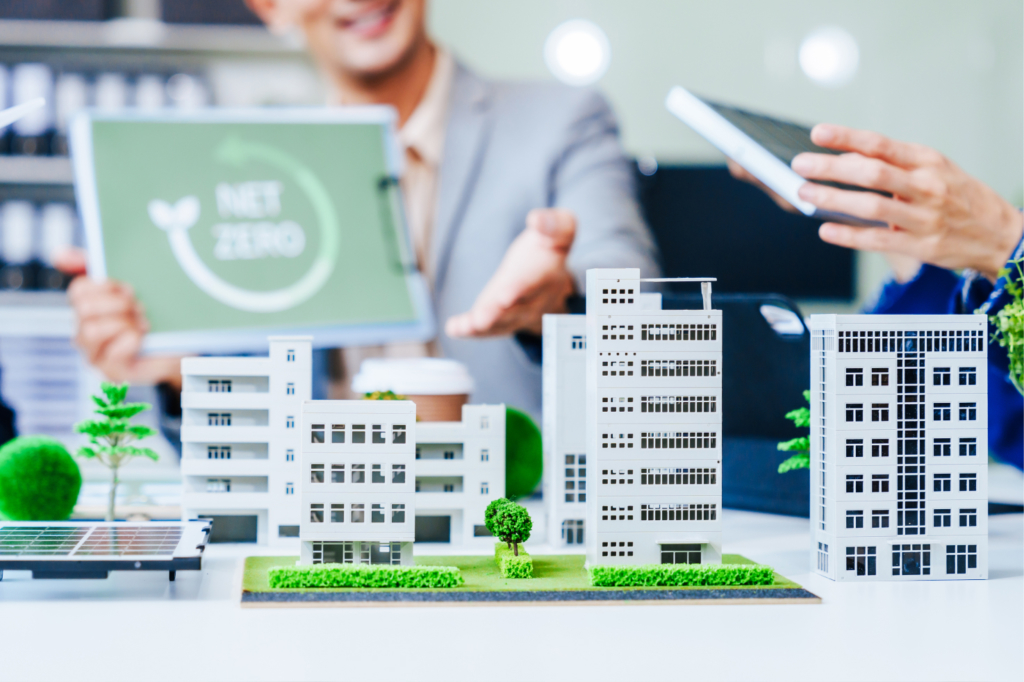
As the pioneer of green building certifications in Romania and the country’s first licensed BREEAM assessor, BuildGreen has been at the forefront of driving sustainability in the built environment for over a decade. One question that continues to surface in industry conversations is: What does the future hold for sustainable certifications?
The answer is clear: certifications are not losing relevance; they are becoming more important than ever.
From energy efficiency to decarbonization and resilience
Modern sustainability certifications are no longer solely about checking boxes on energy performance. Instead, they have become dynamic frameworks that reflect the evolving environmental, social and economic expectations placed upon the real estate sector.
Take the latest version of LEED, LEED v5, as a prime example. It marks a significant leap forward from previous iterations. Where LEED v4 emphasized energy efficiency and general sustainability measures, LEED v5 is fundamentally centered around decarbonization, quality of life, and ecological resilience.
Carbon metrics now take precedence as the primary indicator of performance, and there is a stronger alignment with global ESG frameworks. The shift moves certifications from being compliance-driven to being performance-based, focusing on measurable outcomes that align with climate goals and long-term asset value.
This evolution is happening across the industry. BREEAM, alongside LEED, is also set to release a new version, raising the bar for how buildings respond to climate challenges, enhance occupant well-being, and support resilient, future-ready urban infrastructure.
The Stakeholder Mandate: ESG demands are driving certification uptake
Ten years ago, green certifications were often viewed as a “nice-to-have”, an added bonus for marketing or corporate social responsibility. Today, that perception has drastically shifted. Certifications are now key eligibility criteria for securing green finance, entering competitive real estate markets or forging commercial partnerships
Investors and financial institutions are recalibrating their ESG policies and investment strategies based on certification standards. At the same time, corporate tenants are raising the bar by demanding certified spaces that offer exceptional indoor air quality, energy efficiency, occupant comfort and reduced carbon footprints.
In this context, non-certified buildings are at risk of becoming stranded assets, being less attractive to investors and tenants and unable to generate expected returns. Certifications are no longer about prestige; they are about market access, value preservation and risk mitigation.
Building the future: Certified spaces as human-centered and resilient
Sustainable certifications now guide developers in creating spaces that are both environmentally responsible and people-centric. They support the design of healthier, more efficient, and more resilient urban communities, places where sustainability is not just embedded in the structure but also in the quality of life of its occupants.
At BuildGreen, we view this as a major win, not just for the industry, but for cities and society at large. Certified buildings are helping define a new standard of excellence, and stakeholders such as developers, investors, tenants or policymakers are all playing a role in pushing this forward.
As sustainability challenges become more urgent, certifications remain one of the most robust and trusted tools for aligning real estate with ESG priorities. Far from becoming obsolete, they are adapting to new realities, influencing asset valuation and shaping the cities of tomorrow.

